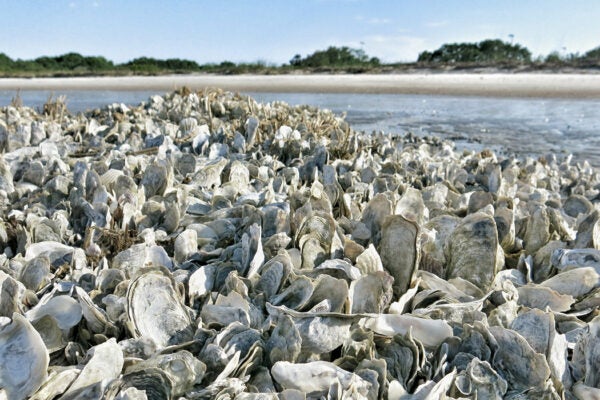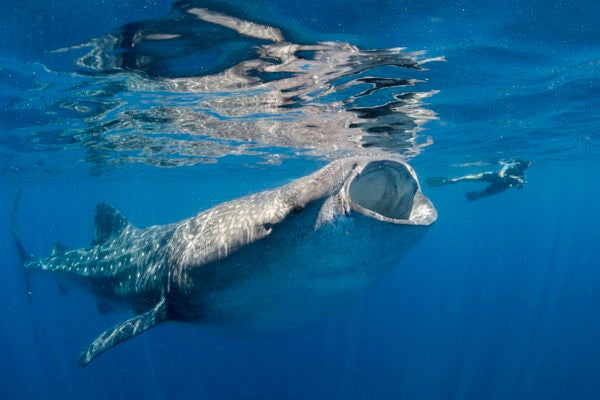Looking for diamonds? Now there’s a new way. Look for Pandanus candelabrum, a rare plant discovered in Liberia that only grows in diamond-bearing soil. Pandanus, which resembles a cross between a mangrove and a palm, only grows on kimberlite pipes, the plumes of igneous kimberlite rock that bring diamonds closer to the surface from the mantle.
Kimberlite is very rare, and the formations are small, so finding them in heavy vegetation is a shot in the dark without the plant to guide you. This is an unusual application of botany to diamond prospecting, but the use of plants to look beneath the surface is hardly new.
Aboriginal people, and later settlers, knew that plants could guide them to vital resources such as water. Travelers in the southwest kept an eye out for Acacia gregii, the Catclaw acacia, knowing that the plant meant life-saving springs.
These days, water-indicating plants are used in environmental regulation; unique plant communities can map protected wetlands and marshes. Plants or other organisms that point to specific environmental conditions are known as indicator species.
Plants are excellent indicators since they can be very specialized. Specific plants will adapt in order to get one up on the competition—a plant that adapts to grow under new soil conditions before other plants gets dibs on space and light. Indicators are a great time saver for geologists, farmers, or anyone interested in soil composition.
Plants have been used to indicate metals (e.g. zinc or cobalt), salt, elevation, rock type, PH, and numerous other conditions. Some mineral-rich areas are so inhospitable to plants that the absence of vegetation is the indicator!
Several plants of the genus Astragalus indicate the presence of selenium, a key problem to farmers in the western U.S. as selenium is widespread and can be toxic to livestock. Since selenium is frequently found with uranium, Astragalus is also valuable in uranium prospecting.
Plants don’t always function as indicators just by their presence. In the case of Astragalus, the plants absorb selenium into their tissues, so mere presence of Astragalus is not an indicator; samples must be taken and analyzed. Sometimes it is the presence of particular morphs that acts as the indicator, such as the case of Vaccinium uliginosum. This plant grows odd fruit shapes in the presence of radioactivity—a natural Geiger counter.
This new discovery has potential for low-impact diamond prospecting. By looking for Pandalus, the kimberlite pipes can be precisely located without extensive deforestation, reducing the environmental footprint of the mining process. Properly utilized, the discovery may help impoverished Liberia profit from its mineral wealth without stripping the land bare. It’s a start.







